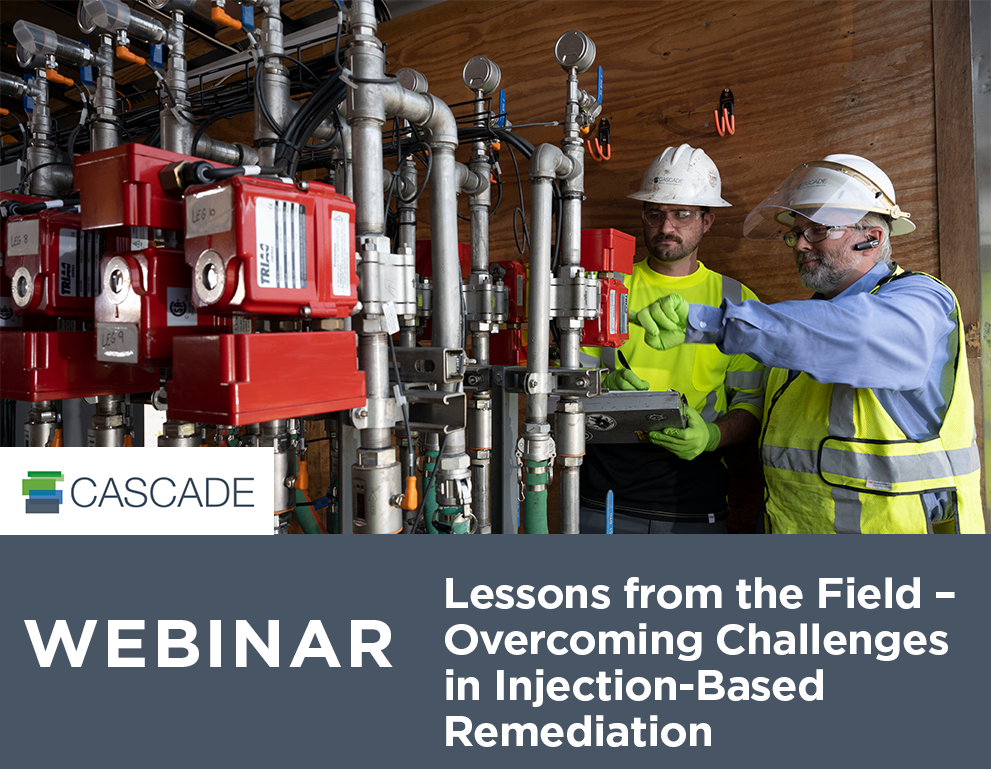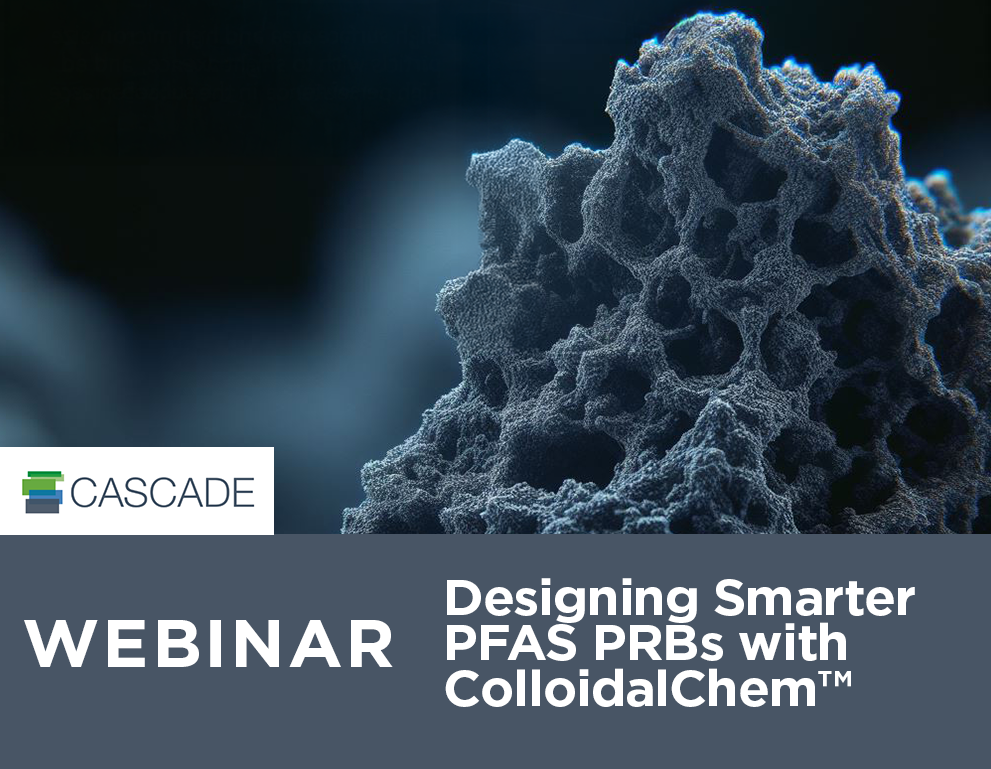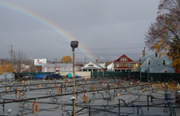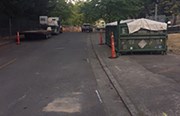2 Key Considerations for Winning Alternate Objective Site Projects
By: Rob DanckertWorking on Department of Defense (DoD) contracts have definite advantages, but they can contain requirements and challenges that other projects may not. Alternate objective (AO) designated sites—Air Force installation sites where closure is not anticipated for at least 30 years or cannot be completed with existing technology—certainly fit the bill. In this blog post, we’ll walk through two key considerations to keep in mind for your winning strategy on AO projects.
If you are planning to respond to the Air Force’s optimized remediation contract (ORC) RFPs, register for our upcoming webinar, Ready to Meet Alternate Objective Air Force ORC Site Requirements Through Advanced Characterization? I will be leading a panel of high resolution site characterization (HRSC) and remediation experts in a presentation about how consultants can best accomplish three major contract requirements. If you won’t be able to attend, register anyway and we will email you a link to the recording.
CONSIDERATION 1: SELECTING THE RIGHT TOOLS
When considering advanced site characterization tools to respond to an AO site, it’s crucial to properly evaluate the HRSC tools available with foresight in mind. Tools such as MIHPT, UVOST, OIP, and WaterlooAP S meet many of the goals of the AO sites as defined by recent ORC performance work statements being released for select installations. In accordance with recent performance work statements, these tools, when correctly chosen, should aid in meeting project objectives, including:
- Further refinement of existing conceptual site models (CSMs) by producing continuous logs of hydrostratigraphy versus contaminant mass estimates at a greater resolution;
- Evaluation of existing remedies, and providing recommendations and expectations for alternatives and design optimization testing (DOT);
- Characterization of recently emerging contaminants, like PFAS and 1,4 dioxane
Using appropriate criteria, you can begin to whittle down the list of options. For example, a MIP may not provide the data you need to evaluate a failed remedy or discover an undocumented source zone because of low concentrations, while the WaterlooAPS may be better option.
Need a refresher on the capabilities of each HRSC tool?
- How Membrane Interface Hydraulic Profiling (MIHPT) works
- How WaterlooAPS Vertical Aquifer Profiling works
- How the Ultra Violet Optical Screening Tool (UVOST) works
- How the Optical Image Profiler (OIP) works
Through the use of HRSC tools like these, you can gather the data needed to better target zones of treatment, evaluate remedial strategies and emplacement methods, and perform design optimization testing.
CONSIDERATION 2: SELECTING THE RIGHT CONTRACTOR
If you have worked on a limited number of AO sites, choosing the right subcontractor is especially important. As your front line, they must be able to successfully complete the work and maintain compliance with federal and local requirements. Here are a few questions to ask when evaluating possible contractors:
- Do they have experience at DoD installations? How many of those installations have AO-designated sites?
- Do they have the tools and capabilities for advanced site characterization? Do they have the tools and capabilities for design optimization testing and implementation of the final remedy?
- Can they provide information about their history with AFCEC, ITRC, and SERDP/ESTCP guidance to meet AO requirements?
Ideally, your contractor would be able to meet all the criteria, but there are unfortunately very few that can.
With the release of the Air Force’s ORC performance work statements, now is the time to get up to speed on how you can best meet their contract requirements and win their work. If you would like to learn more, register for our December 11 webinar, Ready to Meet Alternate Objective Air Force ORC Site Requirements Through Advanced Characterization?












